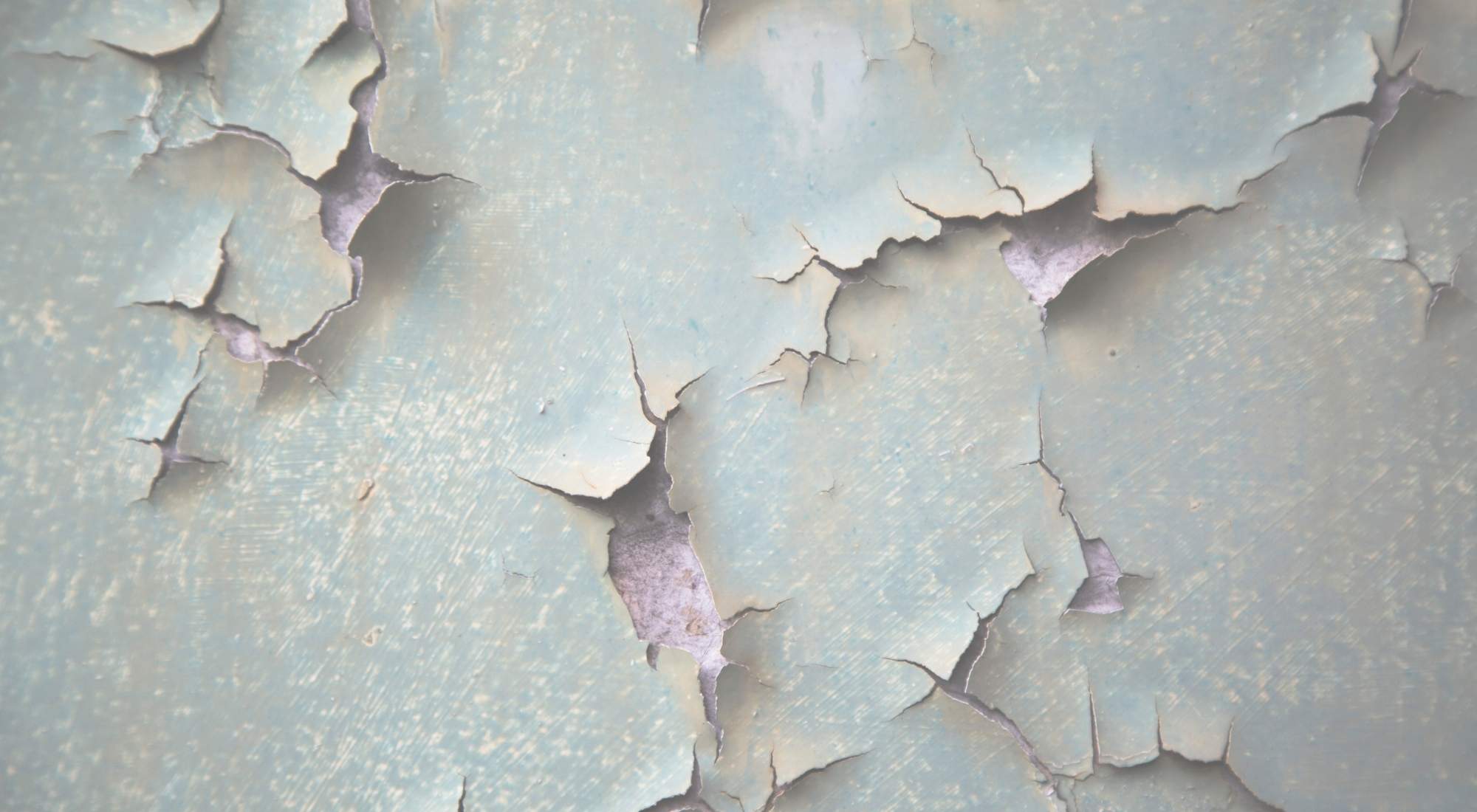Exterior Painting Problems and Solutions
Exterior painting is not just about choosing a color that complements your home; it’s a complex project that requires careful planning and execution. Unlike interior painting, the exterior faces unique challenges that can significantly impact the quality and durability of the paint job. In this blog, we will explore the various hurdles of exterior painting. We’ll focus on weather and environmental considerations, as well as the crucial steps involved in preparing exterior surfaces for painting.
Weather and Environmental Considerations
- The Impact of Weather
Weather is the most critical factor in exterior painting. Paint needs time to dry and cure properly, and this process can be heavily influenced by temperature and humidity. Ideal painting conditions are typically dry, with low humidity and temperatures ranging from 50-85°F. Painting in extreme heat can cause the paint to dry too quickly, leading to cracks and blisters, while cold weather can prevent it from drying evenly.
- Sunlight and UV Exposure
Direct sunlight and UV exposure can cause paint to fade and deteriorate over time. Choosing a paint that’s formulated for UV resistance is essential, especially for walls that receive a high amount of direct sunlight.
- Environmental Elements
Other environmental elements like salt air, wind, and pollution can also affect the longevity of exterior paint. In coastal areas, for example, salt air can lead to quicker deterioration and may require more frequent repainting.
Preparing Exterior Surfaces for Painting
- Cleaning and Power Washing
Before painting, it’s crucial to have a clean surface. Power washing is an effective way to remove dirt, dust, and mildew, which can interfere with the adhesion of the paint. However, it’s important to allow the surface to dry completely before painting.
- Scraping and Sanding
Old, peeling, or chipping paint needs to be scraped off and sanded down to create a smooth surface for the new paint to adhere to. This step can be labor-intensive but is vital for a quality finish.
- Repairing Damages
Exterior surfaces are exposed to the elements and often sustain damage over time. Before painting, repair any cracks, holes, or imperfections in the surface. This may include replacing rotten wood, patching stucco, or filling cracks in siding.
- Priming
A good primer not only helps the paint adhere better but also provides an extra layer of protection against elements. Priming is particularly important for bare wood or metal surfaces, or when changing from a dark to a light color.
- Choosing the Right Tools and Paint
Finally, selecting the right tools and paint for the job is crucial. High-quality exterior paint and the appropriate brushes, rollers, or sprayers can make a significant difference in the ease of application and the longevity of the paint job.
Conclusion
Exterior painting is a demanding task that goes beyond aesthetics. It requires strategic planning, especially in dealing with weather and environmental factors, and meticulous surface preparation. By understanding and addressing these challenges, you can ensure a successful exterior paint job that not only looks great but also stands the test of time. Remember, a well-executed exterior painting not only enhances the curb appeal of your home but also serves as a protective shield against the elements. Happy painting!


0 Comments